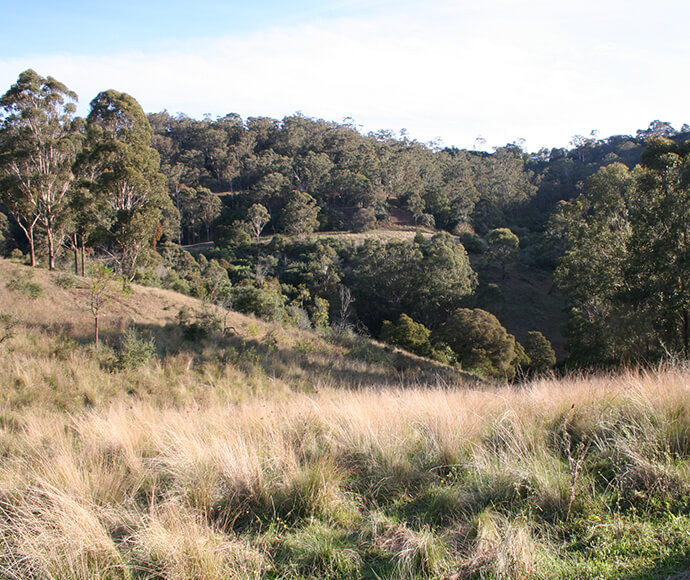The Biodiversity Offsets Scheme provides a mechanism to avoid, minimise and offset the impacts of development and some types of clearing on biodiversity in New South Wales.
As part of the scheme, a developer or infrastructure proponent can offset loss of biodiversity through buying biodiversity credits created by a landholder through a biodiversity stewardship agreement. This creates a market in biodiversity credits.
Keeping track of the biodiversity credits market
Before the Biodiversity Credits Market Sales Dashboard was developed, stakeholders and market participants would need to use public registers to access information on market sales, without having tools to visualise and search through that data.
The government's response
The department created the Biodiversity Credits Market Sales Dashboard to help people access and understand credits market data and information, making it easier for them to make informed decisions about the market, and participate in the Biodiversity Offsets Scheme.
The market sales dashboard:
- contains all biodiversity credit price data since August 2017
- has been regularly upgraded since it was launched in November 2019
- allows users to view historic sales and more recent prices.
Dashboard outcomes to date
The Biodiversity Credits Market Sales Dashboard is available to the public. It is regularly updated with new market data. It has become a trusted tool for sellers looking for guidance on how to price their credits, as well as for proponents looking to understand potential costs for meeting offset obligations.
The dashboard receives many visitors every year. Australians make up 90% of the site's visitors, but it is also attracting the attention of interested stakeholders from other countries. Students from graduate programs in the United Kingdom have also contacted the department to better understand the dashboard and how to use its datasets.
The future of the dashboard
We are currently exploring new technologies to enhance data accessibility and make valuable information more readily available to both current and future users.

Growth Centre Biobanking Offset Program. Cumberland Plain Woodland on the Mt Hercules Biobank Site at Razorback, a permanently protected site